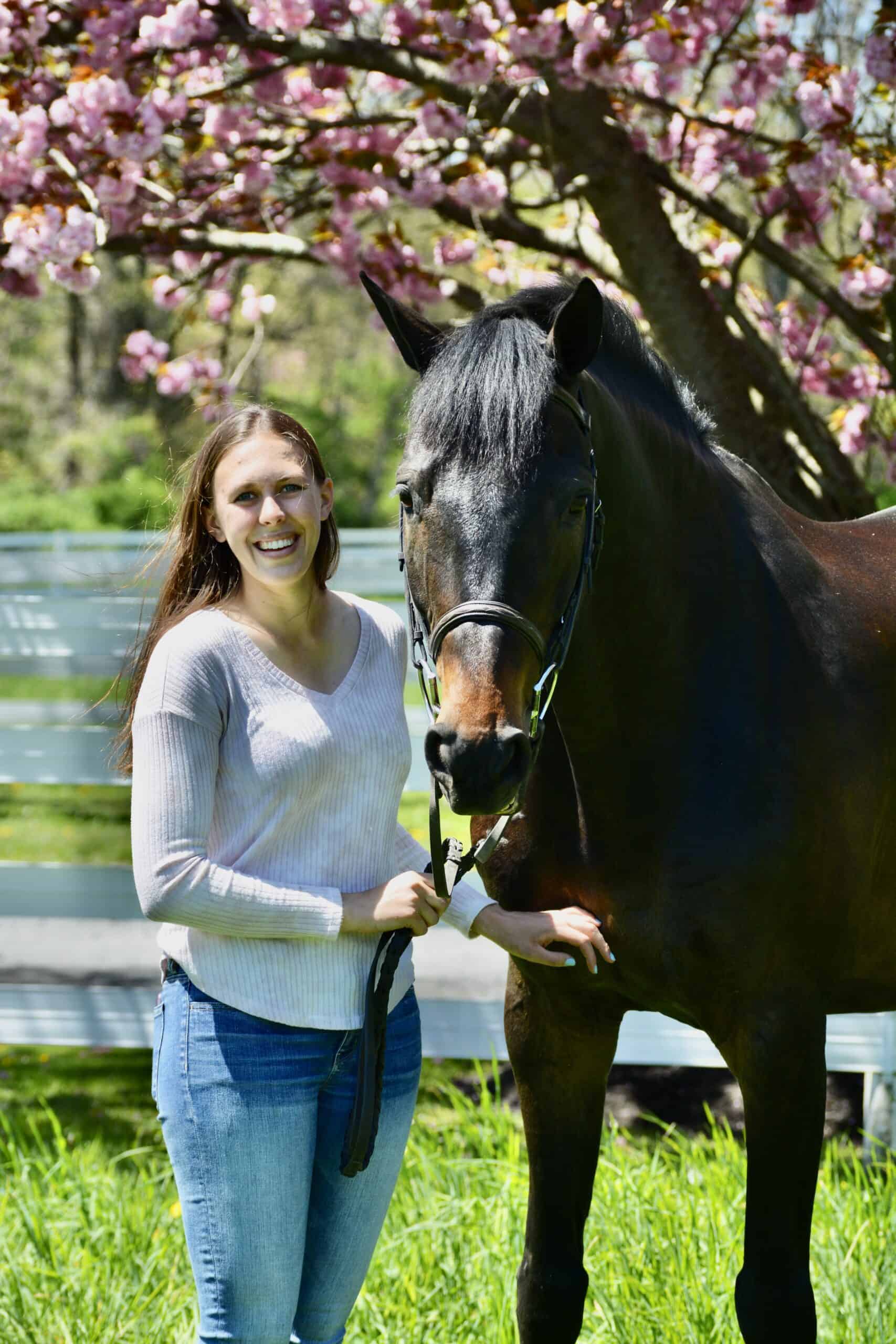Managing Acute Hyperinsulinemia-Associated Laminitis in Horses

In horses with equine metabolic syndrome (EMS), the inability to regulate insulin production and clearance from the blood (termed insulin dysregulation, or ID) leads to increased blood insulin concentrations, or hyperinsulinemia. The excess insulin damages lamellar cells (cells of the lamellae, or the tissues that suspend the coffin bone within the hoof capsule), weakening the connection between hoof and bone—the outset of laminitis. In some cases, this is a rapid process that quickly leads to lameness; however, in others the changes develop slowly, over months or years, sometimes remaining undetected until the veterinarian confirms coffin bone rotation on radiographs. Laminitis signs can vary from a mild performance-limiting lameness to severe lameness and even discomfort when standing.
Andrew Van Eps, BVSc, PhD, Dipl. ACVIM, professor of equine musculoskeletal research at the University of Pennsylvania’s School of Veterinary Medicine, in Philadelphia, described how veterinarian-farrier-owner teams can manage hyperinsulinemia-associated laminitis (HAL) during his presentation at the 2023 American College of Veterinary Internal Medicine Forum, held June 15-17, in Philadelphia, Pennsylvania.
Treating Acute HAL Cases
The first step in treating a horse with an acute case of HAL is to measure insulin using a blood test, then attempt to reduce the levels circulating in the body, van Eps explained. Strict nutritional control is key to lowering blood insulin levels, while drug therapy can help further reduce them in refractory cases.
“SGLT-2 (sodium-glucose co-transporter 2) inhibitors can be used to achieve rapid and effective insulin control in many acute cases,” said Van Eps. During the acute treatment phase of HAL, veterinarians can also provide horses with analgesia (pain relief), with the first-choice drugs generally being non-steroidal anti-inflammatory drugs (NSAIDs) such as phenylbutazone.
“It is also important to block the insulin-mediated processes driving the pathology,” he said. “Experimentally, foot cooling (such as soaking the hoof in an ice bucket) can prevent insulin-induced laminitis by directly interfering with the processes that drive the lesion. Therefore, it makes sense to use foot cooling as a first-aid strategy in HAL.”
During an episode of HAL, minimizing the mechanical trauma on the weakened lamellar tissue that occurs with movement is important. Veterinarians and farriers can accomplish this using orthotics to preferentially load the sole (rather than the hoof wall) and ease breakover. It is also critical to confine the horse to a stall to reduce walking and prevent motion at higher gait speeds (trot, canter, gallop) which put much greater strain on the weakened lamellae, said van Eps.
Long-Term Rehabilitation for HAL
After a laminitic episode, horses require a strict rehabilitation plan to help maximize the chances of future soundness. “My general rule is one week of stall confinement (after a laminitic episode) for every day that the horse was lame,” said van Eps. Temporary footwear such as dental impression orthotics or boots are ideal during initial HAL recovery. Care teams should wait at least two to four weeks after radiographic and clinical stabilization before considering the application of more permanent shoes.
Horses with HAL require lifelong management and monitoring to reduce their risk of future flareups. This should include assessment and control of their ID through regular blood insulin testing, careful attention to diet, and controlled pasture access. Owners should always be guided by their vet-farrier team.

Written by:
Haylie Kerstetter
Related Articles
Stay on top of the most recent Horse Health news with















